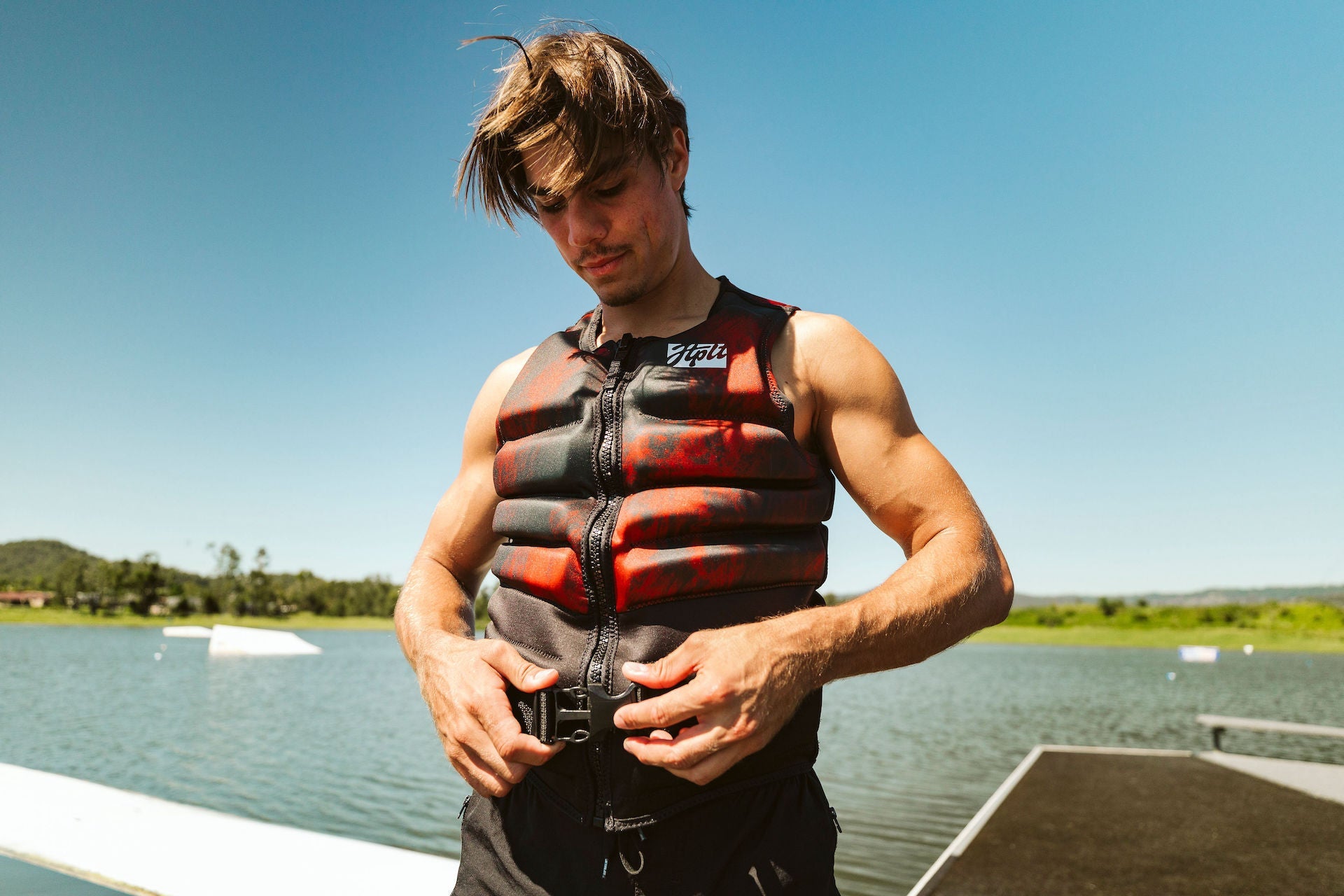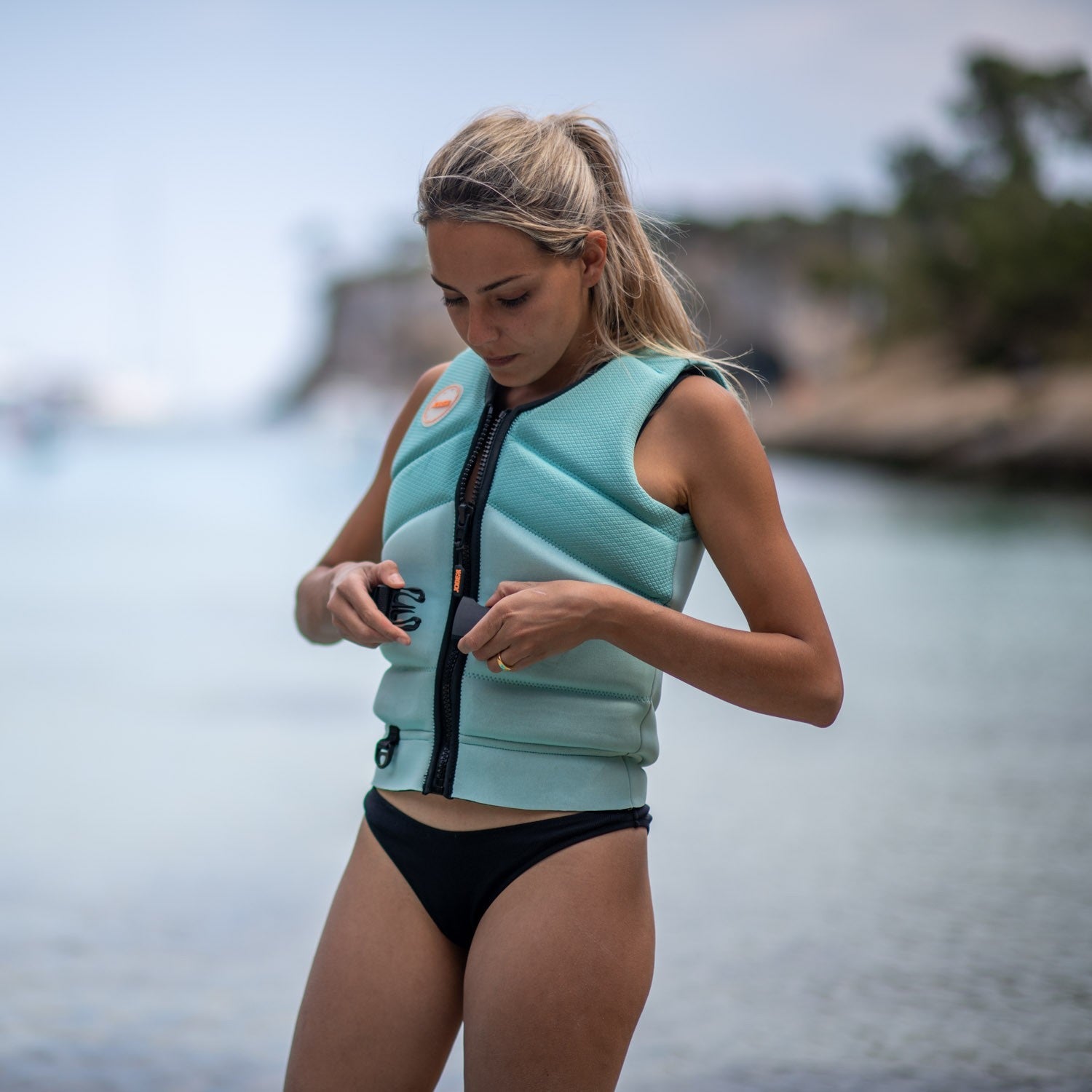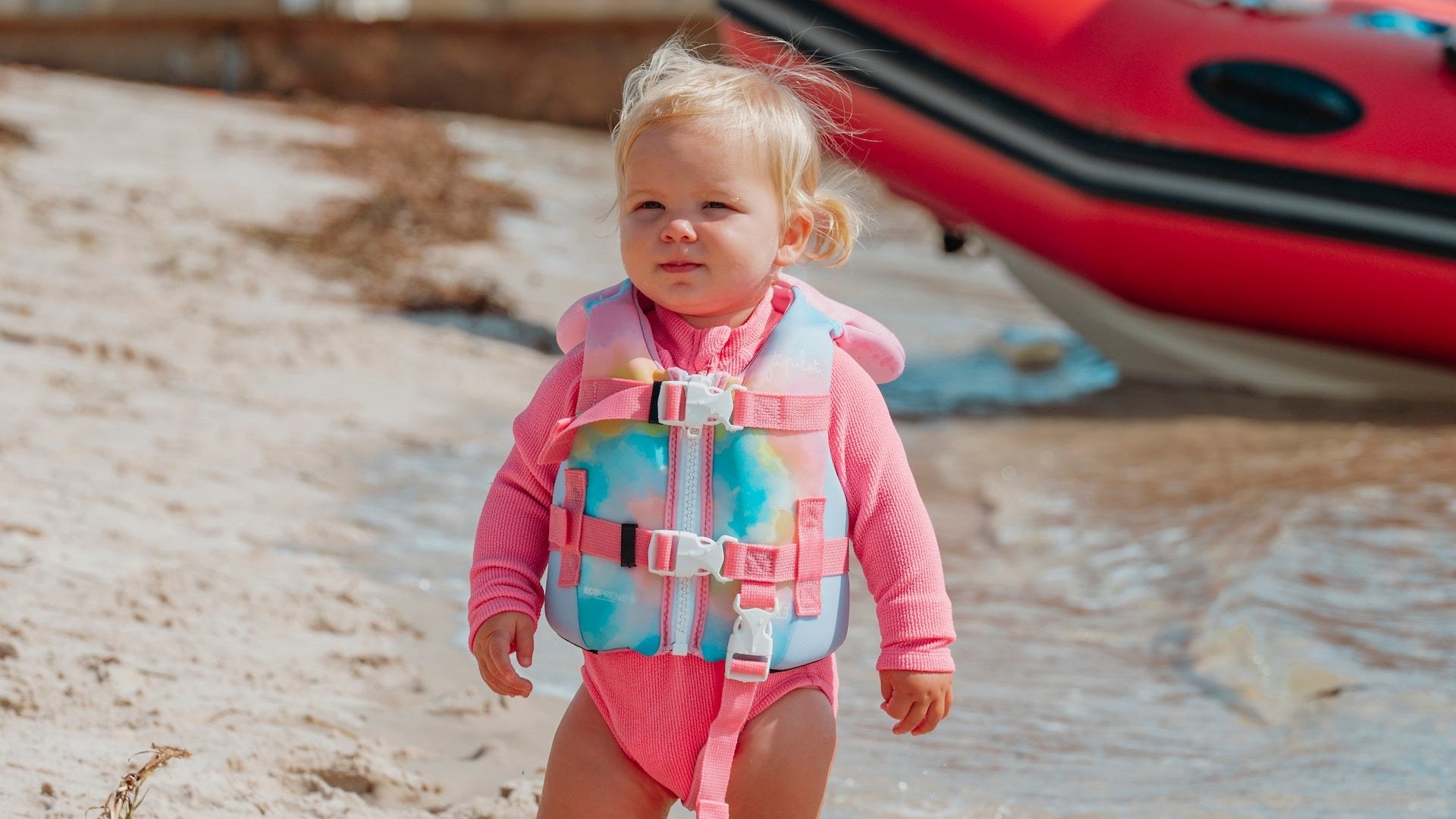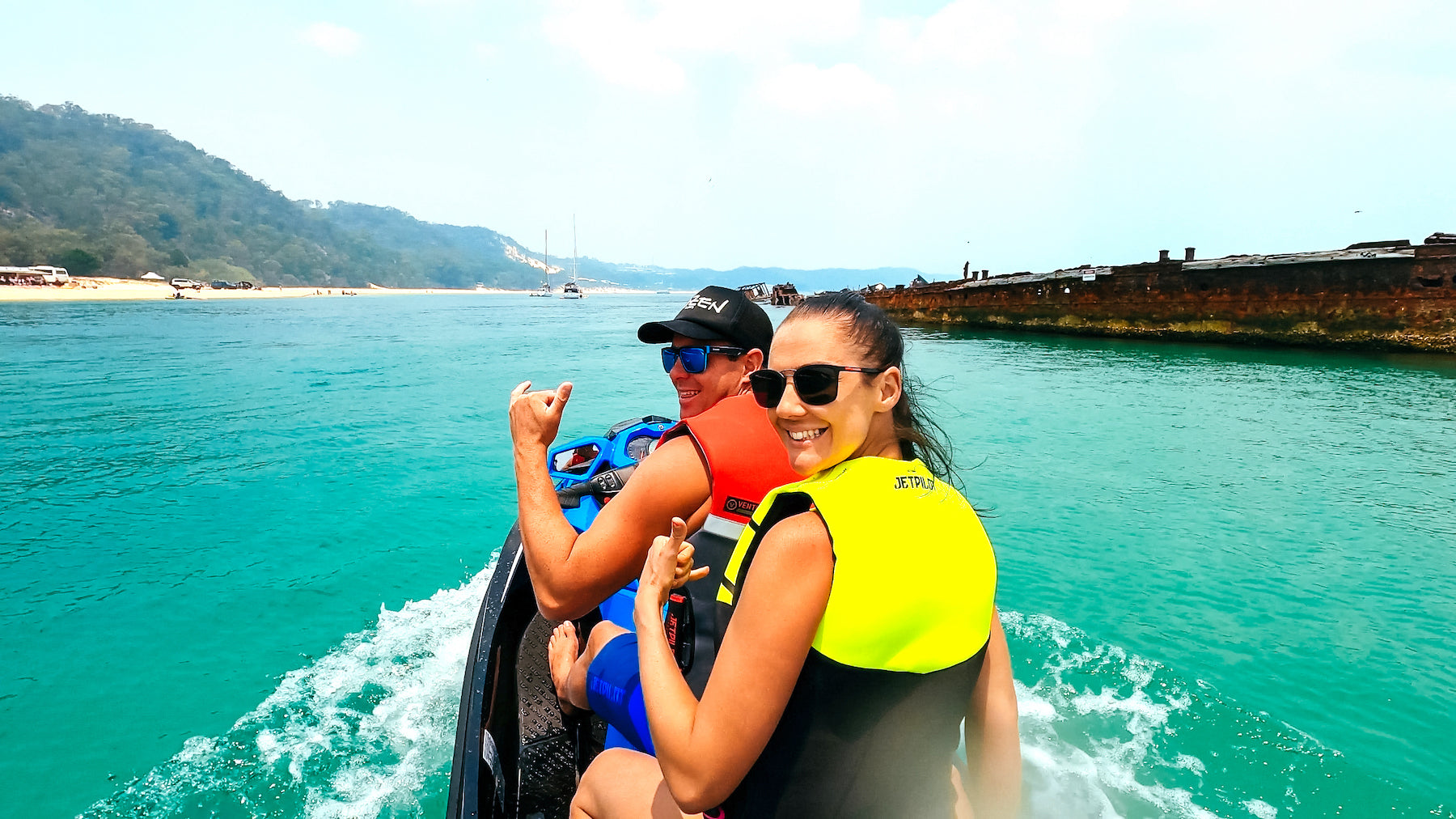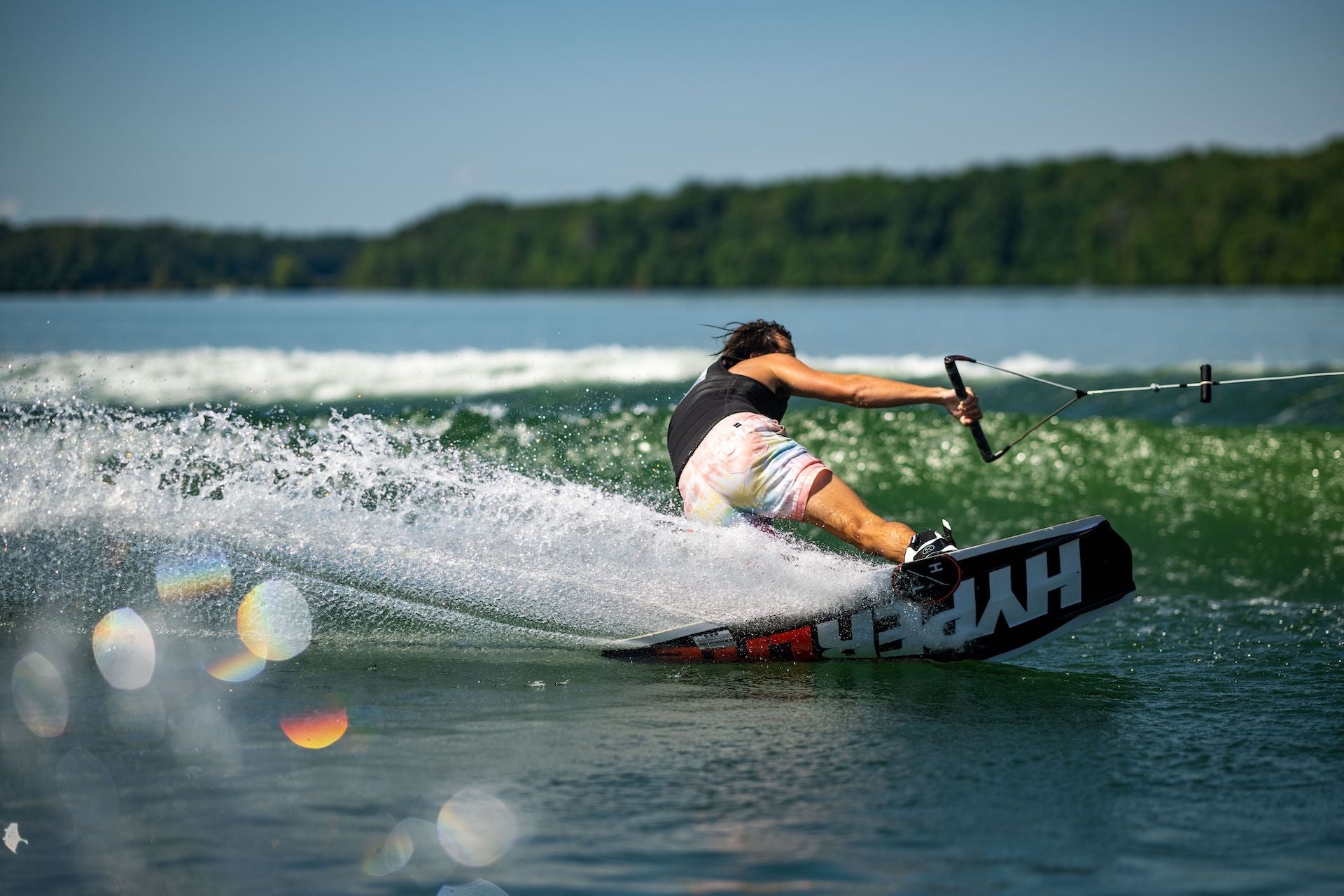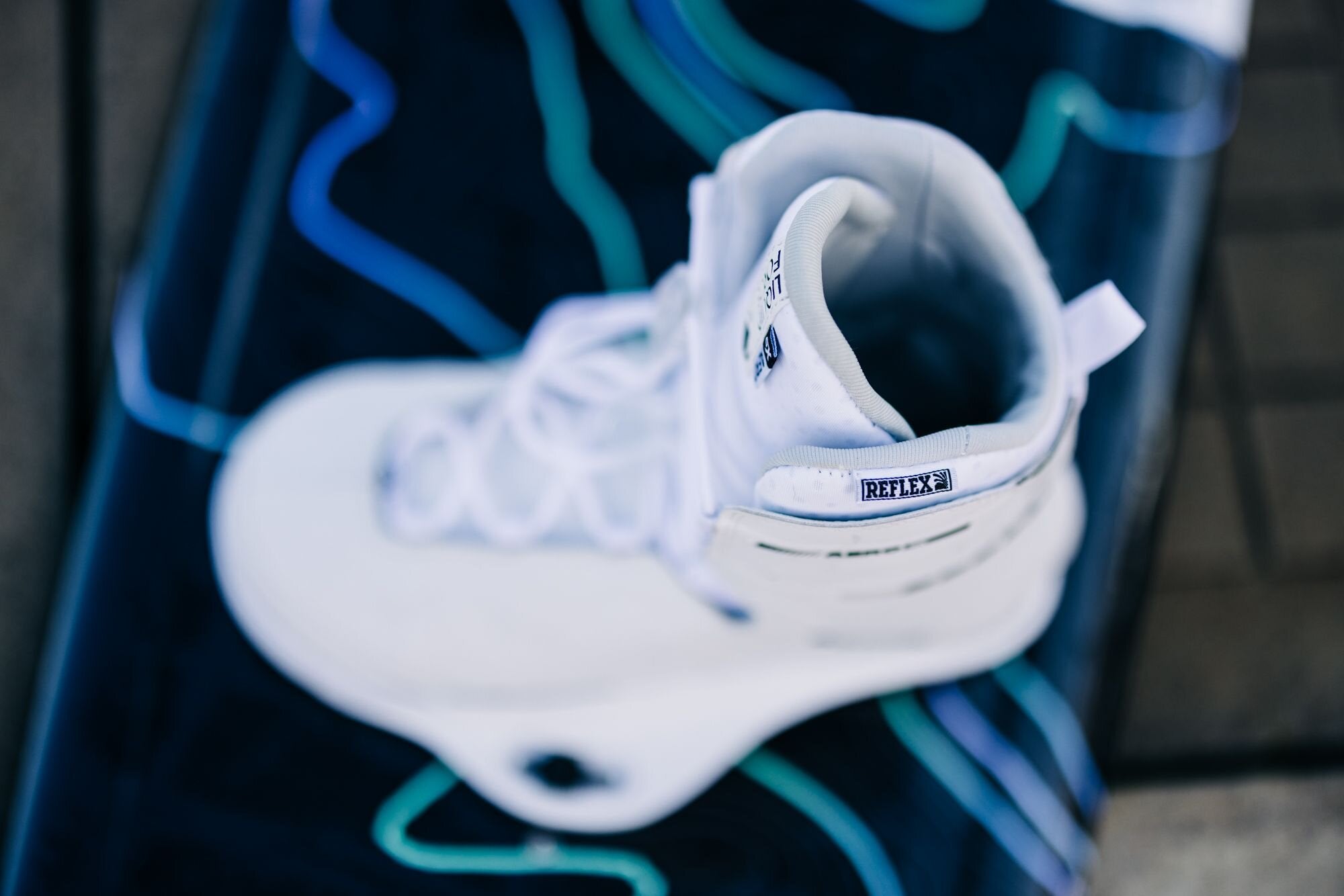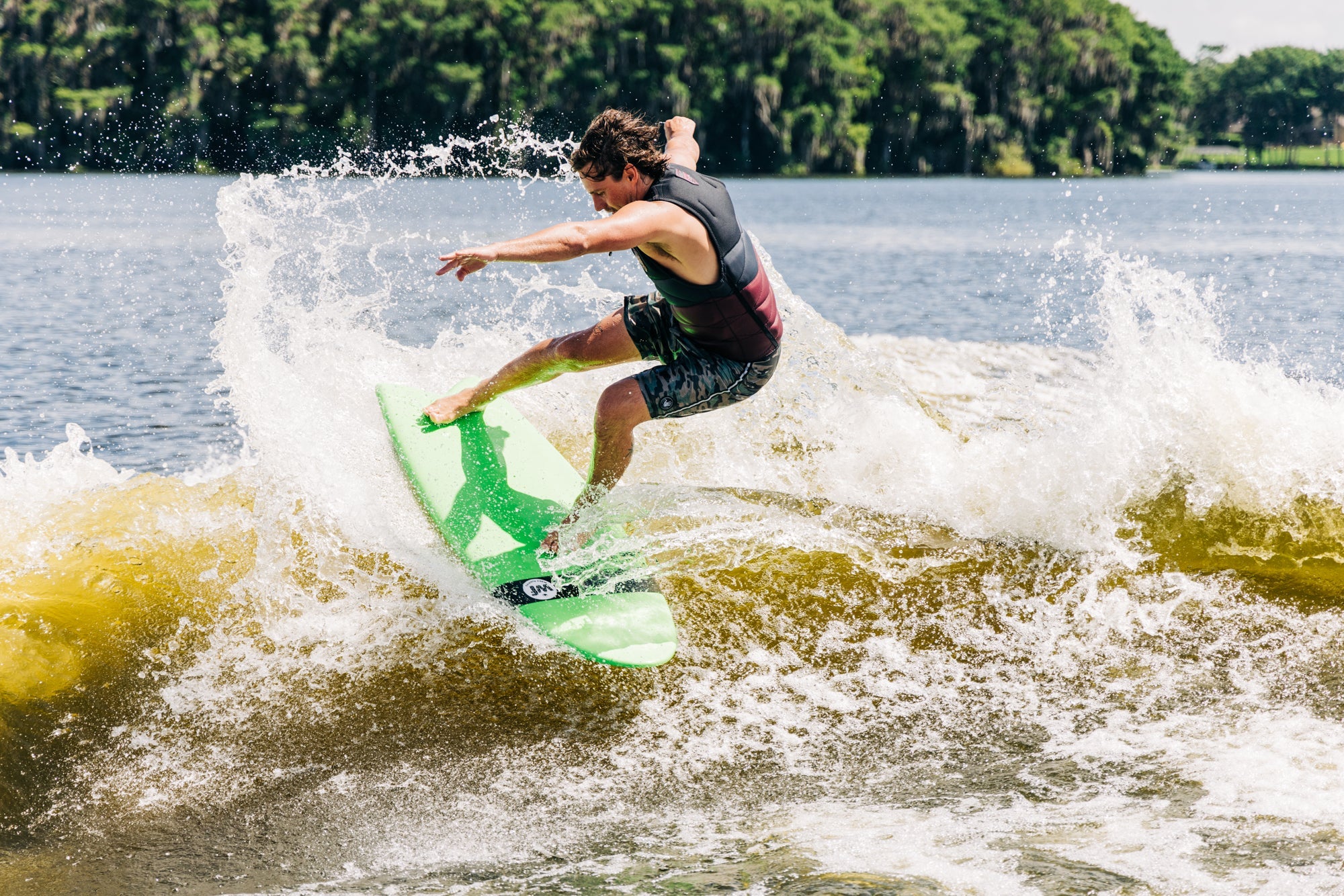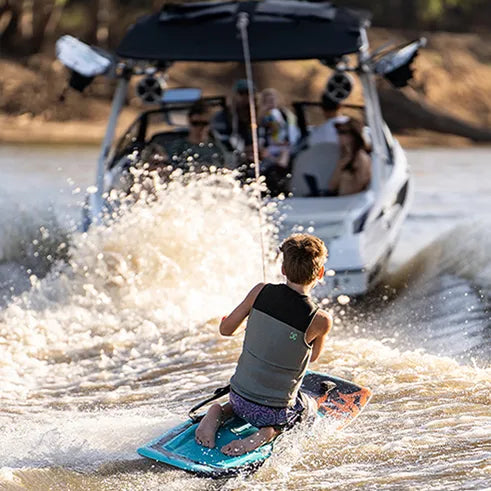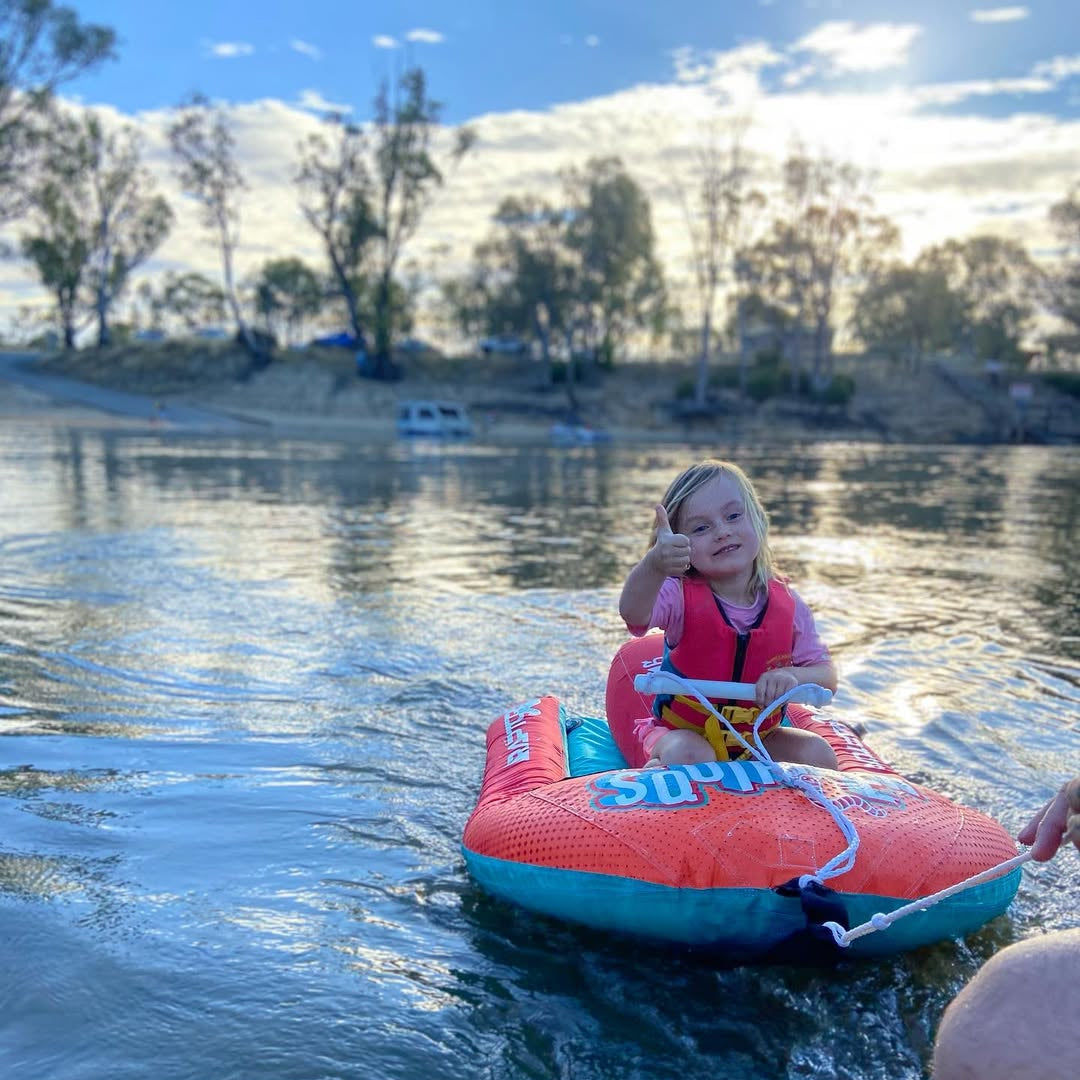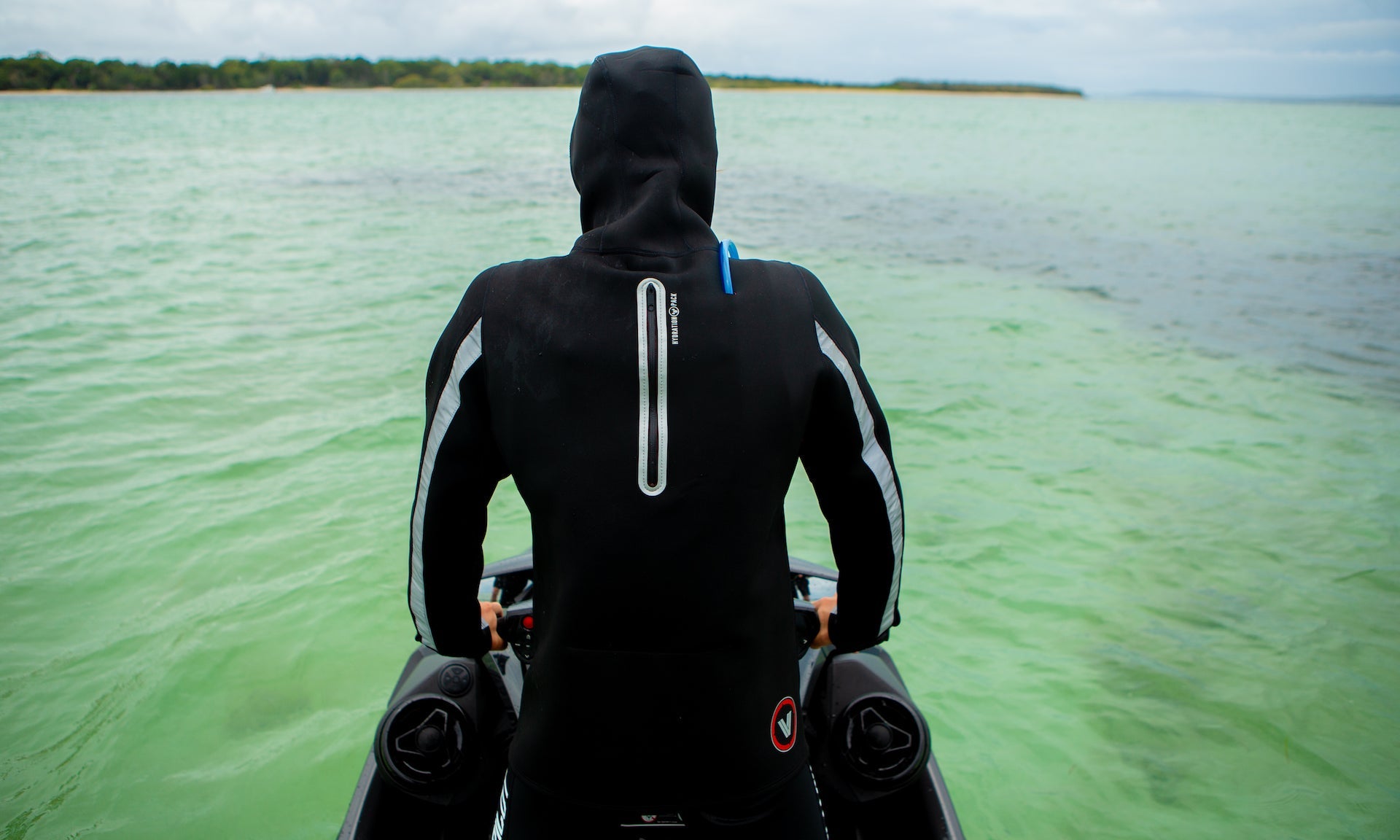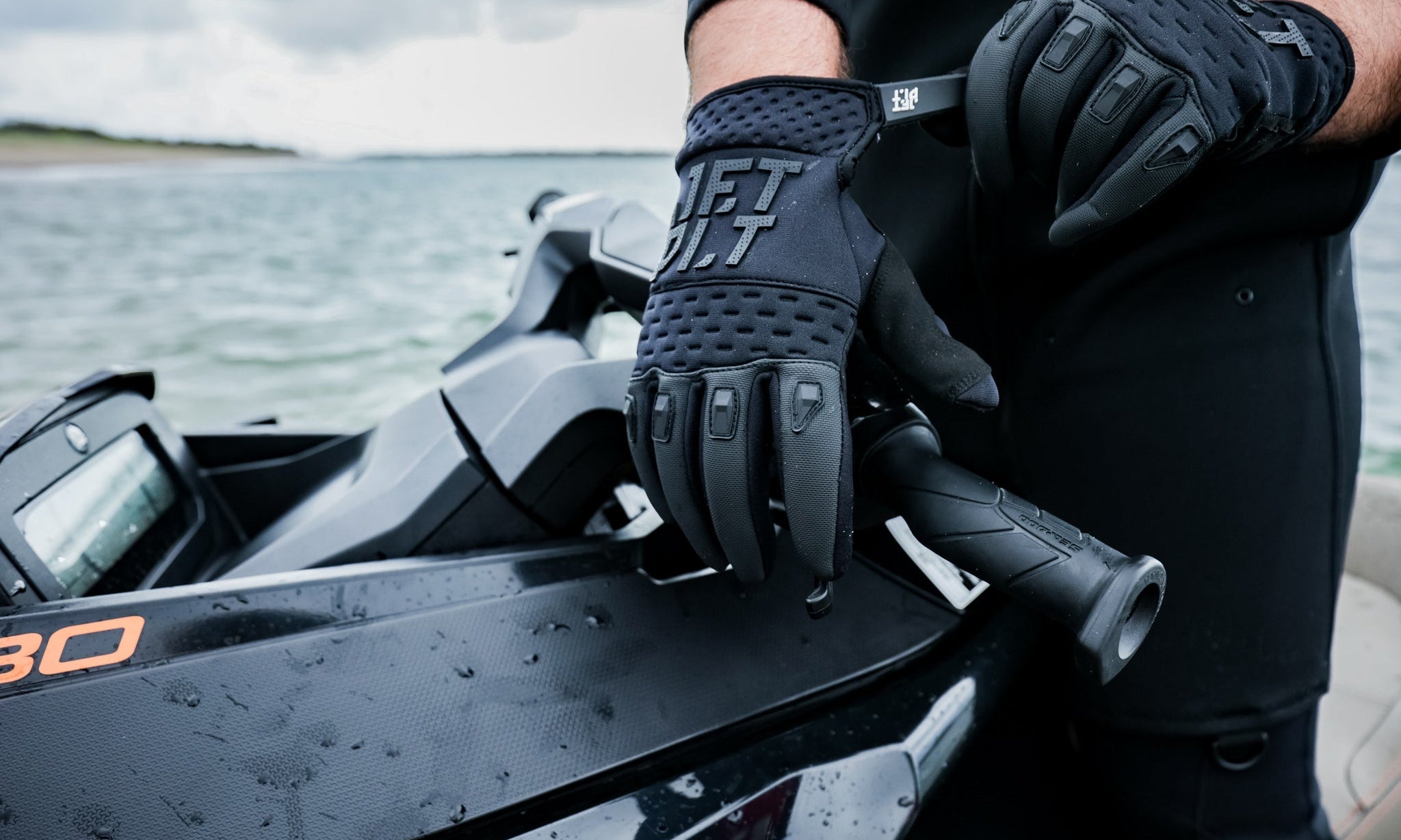Wetsuit top or steamer? Layer up or keep it simple? This guide breaks down your options for staying warm on winter jet ski rides — with real-world advice that actually makes sense.
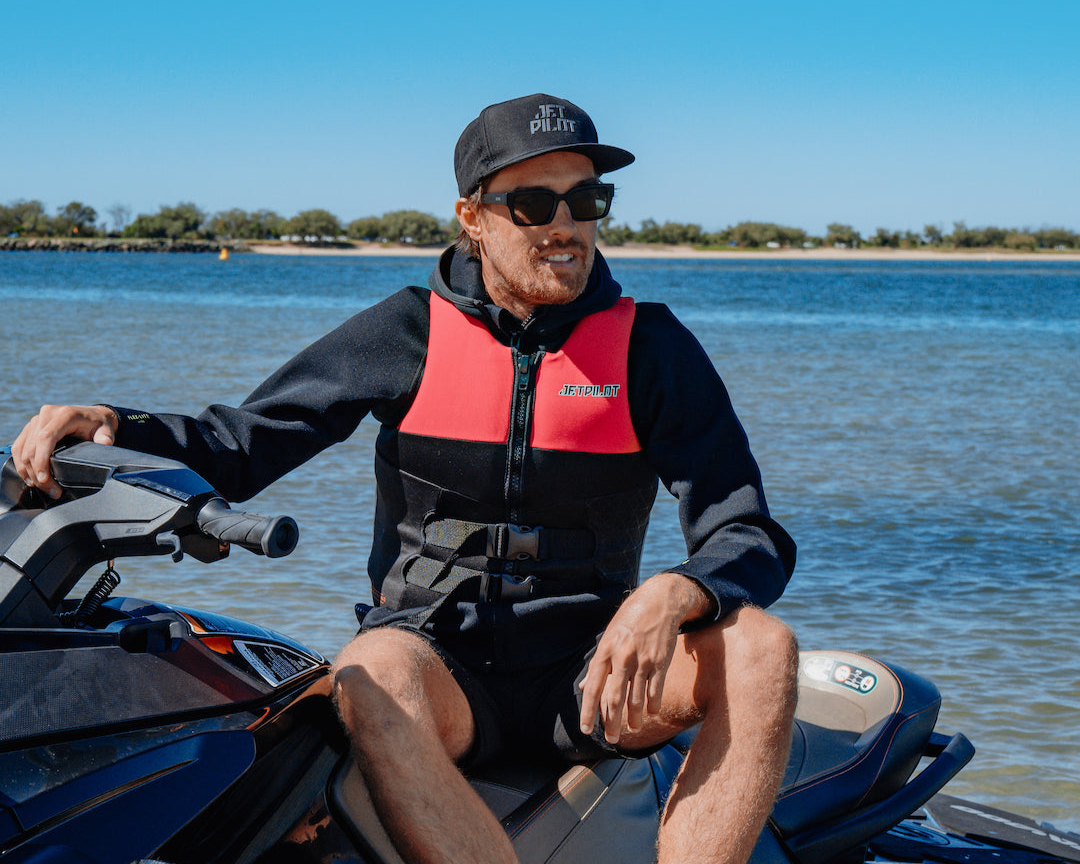
Jet skiing in winter is all about getting your setup right. And it’s not just about thickness — it’s about choosing a system that works for the way you ride.
Should you wear a steamer? Layer up with a top and pants? Throw a tour coat over the top?
This guide breaks it down simply so you can ride longer, warmer, and more comfortably.
Understanding Your Options
There’s no single best setup — only what suits your ride style and conditions. Let’s look at the main gear types:
Wetsuit Tops
Wetsuit tops are light, flexible, and easy to layer — ideal for short rides or milder days on the ski. They offer decent core warmth and pair well with other pieces for custom setups.
Wetsuit Pants
Wetsuit pants are a great match for tops and provide lower-body insulation without the full commitment of a steamer. They’re also quicker to change in and out of, making them a practical choice for quick sessions.
Steamers
Steamers offer full-body warmth and better overall insulation. They’re the go-to for colder water and longer rides, though they can feel more restrictive and take extra effort to get on and off.
Tour Coats
Tour coats are worn over everything else and shine in high wind, long rides, or exposed launch spots. They block wind chill exceptionally well and help keep you warm between rides or while waiting on the ski.
What Are the Strengths and Trade-Offs?
Wetsuit tops and pants are easy to mix and match, giving you a lot of flexibility across changing conditions. They’re lightweight and breathable, making them a good choice for short sessions or warmer winter days. However, they don’t offer as much warmth in colder water and can let water in if not fitted properly.
Steamers, or full suits, provide solid insulation thanks to their full-body coverage. They’re great for colder temperatures and longer rides, especially when you want to minimise water entry. On the flip side, they can be harder to put on and take off, and some riders find them a bit restrictive, especially around the shoulders and knees.
Tour coats add an outer layer that blocks wind — one of the biggest contributors to heat loss when riding at speed. They’re easy to layer on top, great for waiting between rides or launching early in the morning. They’re not designed for full submersion, but if you do get wet, they dry much faster than a regular hoodie and won’t leave you feeling soaked for the rest of your session.
Which Setup Works Best for Your Ride?
To help you decide, here are a few common cold-weather riding scenarios and the gear combinations that suit them best. Use these as a starting point and adjust based on how long you're riding, how cold it feels, and how exposed your launch spot is.
Short Morning Blast (Air 18°C / Water 20°C)
Long sleeve wetsuit top and pants offer a good balance of warmth and flexibility for quick rides in mild winter conditions. If there’s a breeze, adding a light tour coat helps cut the windchill without overheating you.
Half-Day Session (Air 14°C / Water 18°C)
A 3/2mm steamer keeps your core and limbs insulated for longer outings. Gloves are optional depending on how sensitive your hands are to the chill. If you’re launching from an exposed or shaded spot, a tour coat on top makes a noticeable difference.
Cold Mid-Winter Ride (Air 10°C / Water 14°C)
A 4/3mm steamer becomes essential here, with neoprene gloves and boots to protect your extremities. Layering a tour coat over the top will help shield you from cold air, especially during breaks or while waiting between rides.
Find the perfect kit
There’s no one-size-fits-all answer, but if you understand your ride style and match your gear to the conditions, you’ll stay warmer for longer.
Layering gives you options — and often, it’s not about adding thickness, but choosing the right combo. Don’t be afraid to experiment until you find what works for you.

